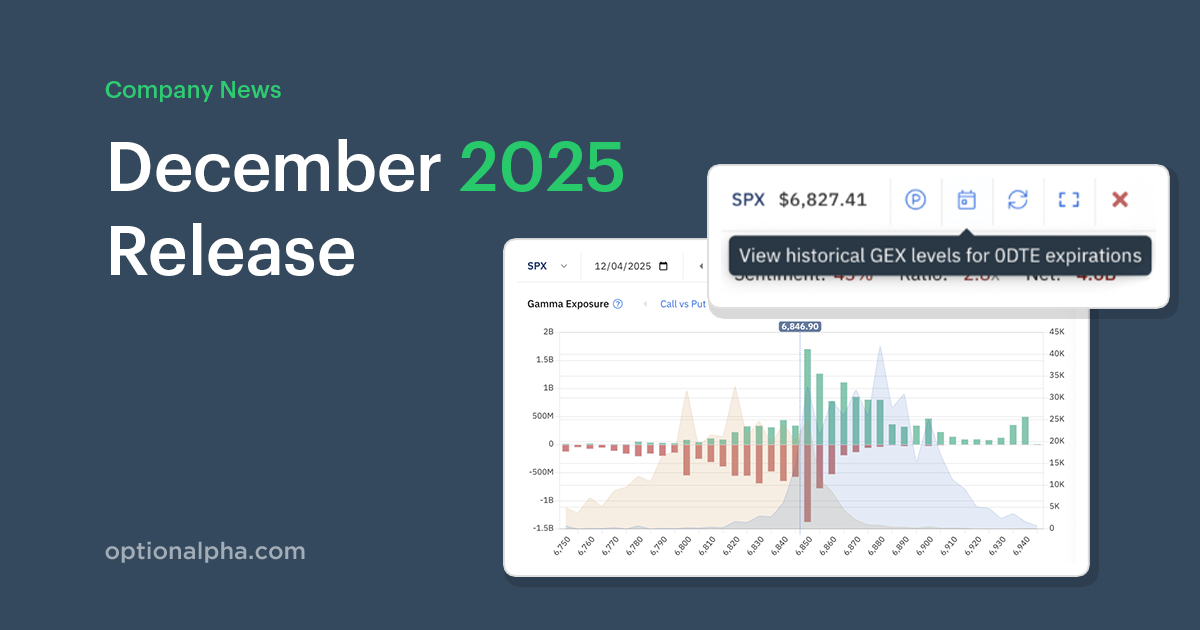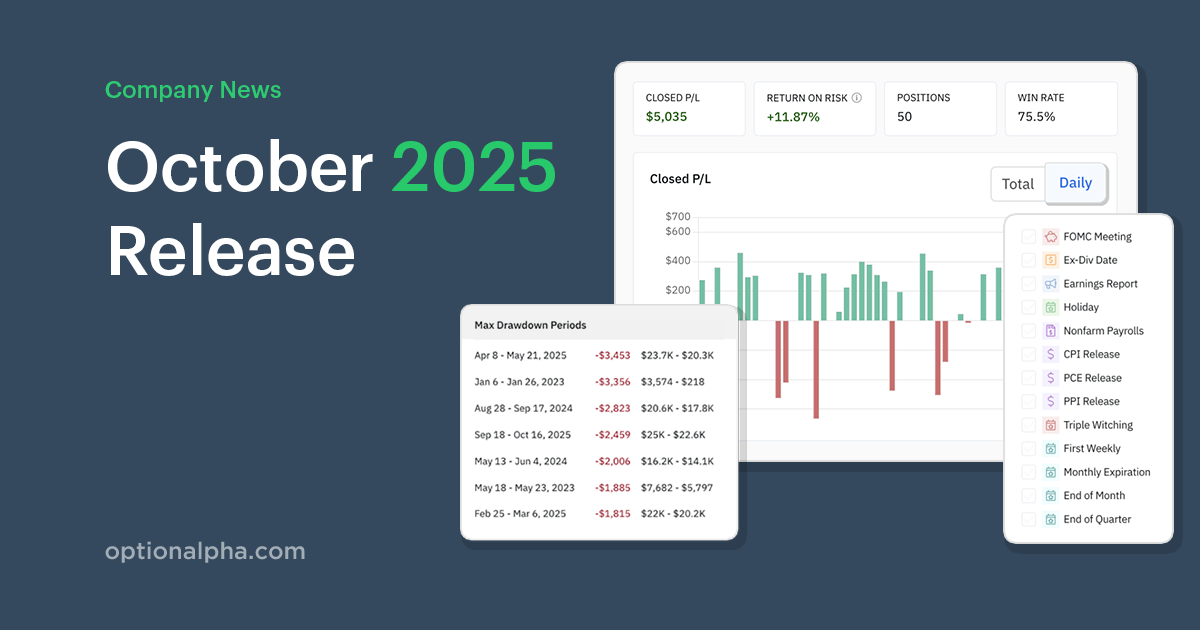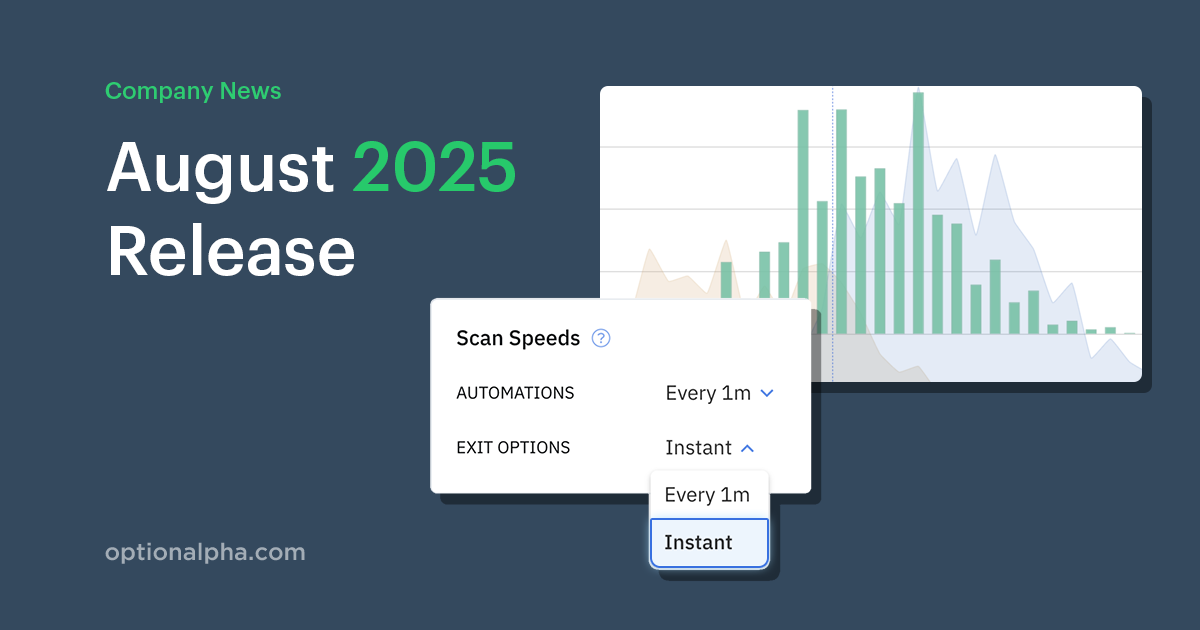Diagonal option spreads are established by entering both a long and short position in two options of the same type (either two call options or two put options), but with different strike prices and expiration dates.
Take a second to digest that and read it again if you need to. In effect, the strategy is similar to a covered call, except that a long call is substituted for the stock, making it a poor man's covered call.

Spreading Time and Strikes
This strategy gets the name “diagonal” because it combines a horizontal spread, which represents differences in expiration dates, with a vertical spread, which represents differences in strike prices. You could even think of it as the offspring of a calendar spread and a vertical spread.
Simply put, you buy an option that will not expire for many months and then sell options that will expire in the front month against the current long option. Thus you get exposure both in different contract months and strike prices. In a nutshell, you will be choosing a back-month leg that is different from the front-month leg. Starting to make a little more sense now?
To understand and be able to implement this strategy more successfully, you also need to know the differential time value decay. It is worth mentioning that any diagonal spread has only two possible strike combinations which have to always be the same.
AAPL Diagonal Call Spread Example
Using a current example with AAPL stock, let’s say that you have determined using your awesome technical analysis skills that AAPL will rise gradually for the next four months. You enter a diagonal call spread by buying a NOV 425 call for $300 and at the same time sell an OCT 450 call for $100. The net investment required to put on the spread is a debit of $200.
Just like a vertical spread, you have both limited upside profit potential and limited risk. The ideal situation for the position would be that AAPL either remains flat and or closes in between the two strike prices (say $435). In this scenario, as soon as the near-month 450 call expires worthless, the options trader can sell another call and repeat the entire process every month until expiration of the longer term call. Now you can see why it's similar to a covered call strategy.
As you can see, the benefits of diagonal spread can be found in the potential profits that the long back-month option stands to gain. This way, you realize your profits by leveraging the time decay of the options involved.
As you possibly know, short term options contracts generally have a faster time decay compared to their long-term counterparts. As such, if you write short term contracts and at the same time buy long-term contracts of the same underlying instrument, there is a huge possibility that you will make a return from these differing rates of time decay. This is exactly the same concept which is involved when you are dealing with diagonal spreads.
The maximum risk of any diagonal spread is limited to the initial debit you paid to enter the position. If AAPL falls hard, then your losses are capped at $200.
When and How To Close a Diagonal Spread
One of the primary reasons you may want to close a diagonal spread is if you think you can earn enough premium from the resulting trade. Conversely, you may be prompted to close the trade if the near month options are about to go in-the-money and you want to avoid the potential of getting assigned on the sold options.
Below are a few steps to follow when looking to close a diagonal spread:
- Enter a buy-to-close (BTC) order for the near-expiration contract that you had previously sold.
As a rule of thumb, it is important for you to always close the short side of a diagonal trade first for margin requirement reasons.
- Evaluate the profit potential of the long option that’s remaining in the trade.
At this point, what you need to determine is whether the underlying security is likely to move in the right direction. If you have a call contract, you are hoping that it moves up. On the other hand, you will be anticipating that it moves down if you have a put options.
- Enter a sell-to-close (STC) order for any remaining options
Finally, you will need to sell the remaining contracts at the current prices. You can complete this process any time before or on the expiration day of that particular option.
Although diagonal spreads are a great strategy to add to your toolbox, it still is possible to lose money with it especially if you are not somewhat correct on the underlying direction of the market. Plus, due to the multiple trades involved, diagonal spreads can be an expensive affair since you’re likely to spend more on commissions compared to other less sophisticated trades. Hopefully you didn’t think it was a one-way ticket to riches!
As always, being proactive and using stop losses, risk management, and hedging can significantly increase your odds of success.
A Quick Word On Volatility…
Lots of books and other websites talk about various trading strategies that are designed to benefit from changes in volatility. All of that is good and well. However, sometimes as an investor in options, my interest is in gaining leverage and managing risk on a somewhat directional basis.
There is no arguing that volatility needs to be watched closely, but when the premiums make the diagonal spread unattractive, it’s a good idea to do your homework first before entering a position for the next couple months.




.png)









